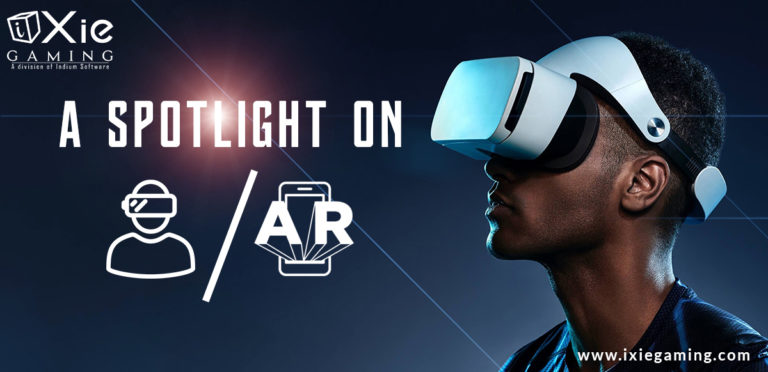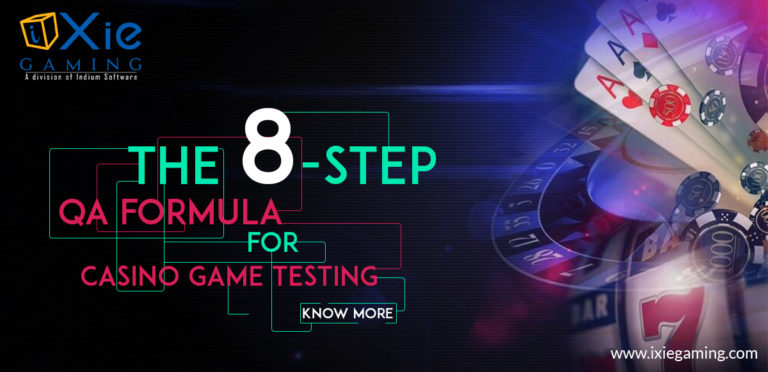In game development, one of the most essential aspects is prototyping. In today’s world, game development is an art, and quite inarguably, it is one of the most complex and intricate art forms. Creating a game that is both consumer-friendly and hugely popular requires a perfect combination of technical skills and creative genius.
It is essential to avoid skipping the process of creating a “physical” prototype to understand and overcome the complexities associated with game production. For a developer, It is practical, yet creative, to ensure you have the flexibility to alter, improve, or change your ideas to suit the desired objective. In this article, you’ll learn some significant and exciting things about the development of game prototypes.
What exactly is a game prototype?
A game prototype is a physical result of undertaking a process where the rough plan of a game has been drawn up or produced. In most cases, this prototype could be in composite form, while in other cases, it could be a computer-generated graphic illustration. The main focus of having a game idea located elsewhere other than just a concept is to have a much easier way to confront complications and make adjustments to a game in development.
It is necessary to state that only some prototypes eventually turn into an actual game. There is a higher possibility that the first iteration of a game prototype will get discarded than it is moving to production. Don’t get disappointed; it is always a learning experience and can serve as a basis for further improvements.
The importance of prototypes in game development
Knowing how to create a promising design prototype for a game can be the big difference between having your game move into production or getting discarded. A game prototype’s singular most essential purpose is to check if the game idea will be fun. A good game has to be interesting, and consumers and users should want to feel excited when playing it; otherwise, it’s not a game anymore if it does not satisfy that need.

Types of game prototypes
On this list, we’ll look at the most popular types of game prototypes and how they differ from each other. Some are simple enough, while others are a little more complex, but they all serve the same function.
1. Paper Prototype
A paper prototype is the simplest and cheapest way to create a game prototype. It is also the most common first step designers, engineers, and developers take when bringing an idea to life. It simply involves sketching your game on paper or building a composite of the game concept using paper material. This type of game prototyping is very effective because it can easily be discarded and redone as often as possible.
2. Wireframe Prototype
Wireframe prototypes are particularly useful in website design. However, in the early stages of game development, it can also be applied remarkably to get good results. A wireframe prototype can be built using PowerPoint or Google Slides. The idea is to make the layout and mechanisms of a conceptualized game more understandable. It’s essential to refrain from including artwork when designing a game using this prototype, as that will unnecessarily complicate the process. It has to be a simple representation of the placement of characters and the relationship between game elements in grid form.
3. Greybox Prototype
The first two types of prototypes fall under 2D representation, but a greybox prototype is a 3D representation of a game idea. This type of prototyping is also the natural next step from implementing a paper or wireframe prototype. In some rare cases, the first two methods can be skipped entirely, making the first iteration of a game design appear in 3D modeling. In this type of game prototype, you can get a “feel” of the proposed game.
4. Rapid Prototype
This prototyping design method encompasses the previous three types. In rapid prototyping applications, multiple game prototypes can be developed quickly, resulting in different iterations within a short period. The technique of rapid prototyping can be employed in paper, wireframe, or greybox prototypes. The focus is to make improvements to an existing game idea or create completely different iterations of the prototype. It usually is a fun and exciting way to get your game ideas out while making alterations at the same time.
What to avoid when building a game prototype
The most common mistake designers tend to make is having a sense of overconfidence in the viability of a game idea. Never assume that a prototype would be equally impressive just because it looks and feels good to you. Always get feedback and pay attention to what people need in a game. It’s a good rule of thumb to avoid focusing too much on a game’s visuals when creating a prototype. It should be as simple as possible.

Tips & tricks for making successful game prototypes
In the development of game prototypes, there are some ways by which a designer can achieve better efficiency and success. Some of the tricks are listed below:
- Only spend a little bit of time building a prototype. A game prototype must remain easy and simple to create.
- Your game prototype should be fun and enjoyable for consumers. A game that is not fun can lose its appeal quickly and may not interest investors.
- Besides being fun, a successful game must solve a problem or answer a question.
- Feedback is critical in the development of game prototypes. Do not take this for granted.
Conclusion
Game prototyping is a vital part of game development that can mean the difference between a successful and unsuccessful game. As a designer or developer, conceptualizing a game idea can only be viable if you create a prototype. The application of game prototyping techniques for testing and improving design ideas will also help in building your confidence and ability to create a working, successful, and most importantly, fun game.
Planning to deliver engaging and highly immersive games to players worldwide? iXie would be the right choice with massive experience in the gaming industry over the past decade.






